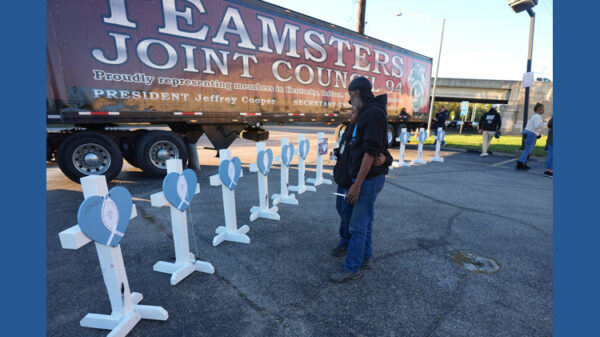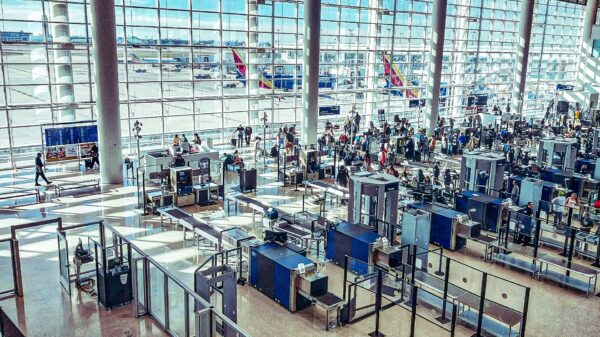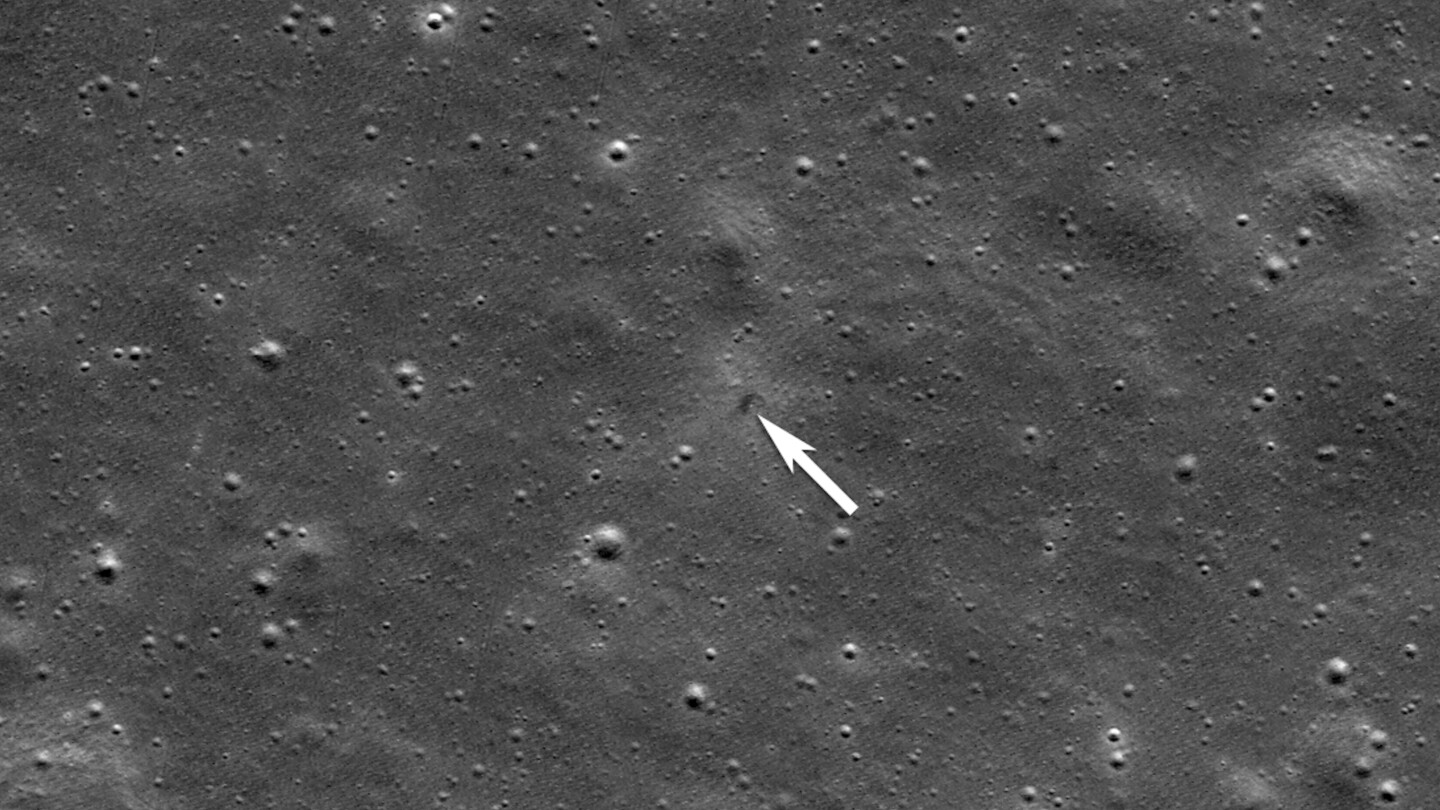A laser navigation tool malfunction led to the crash of a Japanese lunar lander earlier this month, marking the second such incident for the company ispace in two years. The announcement was made by company officials in Tokyo on Tuesday, following a detailed analysis of the crash.
The lander, named Resilience, was attempting to reach the moon’s far northern region, Mare Frigoris, also known as the Sea of Cold. NASA’s Lunar Reconnaissance Orbiter captured images of the crash site last week, revealing the wreckage of Resilience and its mini rover.
Technical Setback and Analysis
According to ispace officials, the crash was attributed to a malfunction in the lander’s laser range finder, which failed to activate in time to accurately measure the spacecraft’s distance to the lunar surface. As a result, Resilience descended at a rapid pace of 138 feet (42 meters) per second, losing contact just five seconds before impact.
This incident mirrors a previous failure in 2023, where a software glitch caused ispace’s first lunar lander to crash during the final descent phase. These repeated setbacks highlight the challenges faced by private companies in achieving successful lunar landings.
Private Sector Challenges and Achievements
Of the seven moon landing attempts by private entities in recent years, only one has been entirely successful. Texas-based Firefly Aerospace achieved a successful touchdown with its Blue Ghost lander in March, which launched alongside Resilience from Florida aboard a SpaceX rocket.
Globally, only five countries have successfully landed on the moon: the Soviet Union, the United States, China, India, and Japan. Notably, the United States remains the only nation to have sent astronauts to the lunar surface, a feat accomplished during NASA’s Apollo program more than fifty years ago.
Looking Forward: Future Missions and Improvements
Despite consecutive failures, ispace is determined to proceed with its third moon landing attempt scheduled for 2027, in collaboration with NASA, and has a fourth mission in the planning stages. The company anticipates that additional tests and improvements will increase development costs by as much as 1.5 billion yen (over $10 million).
CEO and founder Takeshi Hakamada emphasized the company’s resilience, stating, “We have not stepped down in the face of setbacks and are committed to regaining our customers’ trust.” He further announced that external experts would join the accident review process, and ispace plans to work more closely with the Japanese Space Agency on technical issues.
“We’re firmly taking the next step toward our future missions,” Hakamada declared in Japanese.
Implications for the Future of Lunar Exploration
The repeated challenges faced by ispace underscore the complexities of lunar exploration, particularly for private companies. However, the determination to overcome these obstacles reflects a broader trend of increasing private sector involvement in space exploration, driven by technological advancements and international collaborations.
As ispace prepares for its next mission, the company and its partners are likely to implement more rigorous testing and validation processes to mitigate the risks of future failures. This proactive approach not only aims to enhance the reliability of their technology but also to restore confidence among stakeholders and potential clients.
The outcome of ispace’s future missions will be closely watched by the global space community, as successful landings could pave the way for more frequent and ambitious lunar exploration projects, potentially including resource extraction and long-term habitation.
The Associated Press Health and Science Department receives support from the Howard Hughes Medical Institute’s Department of Science Education and the Robert Wood Johnson Foundation. The AP is solely responsible for all content.





































































